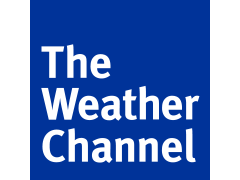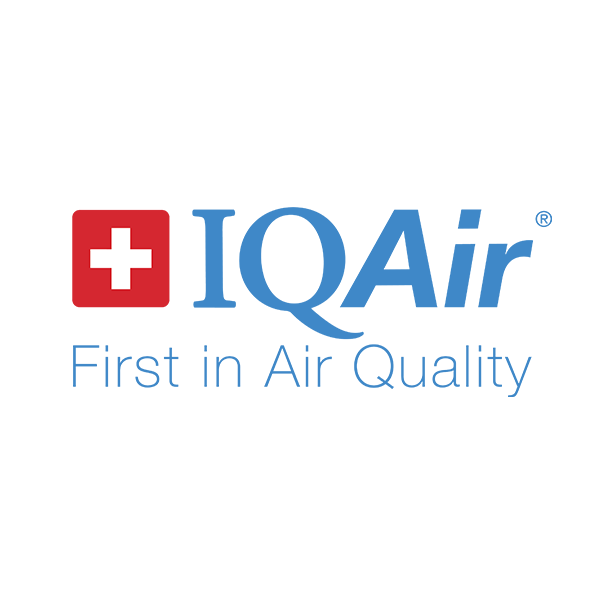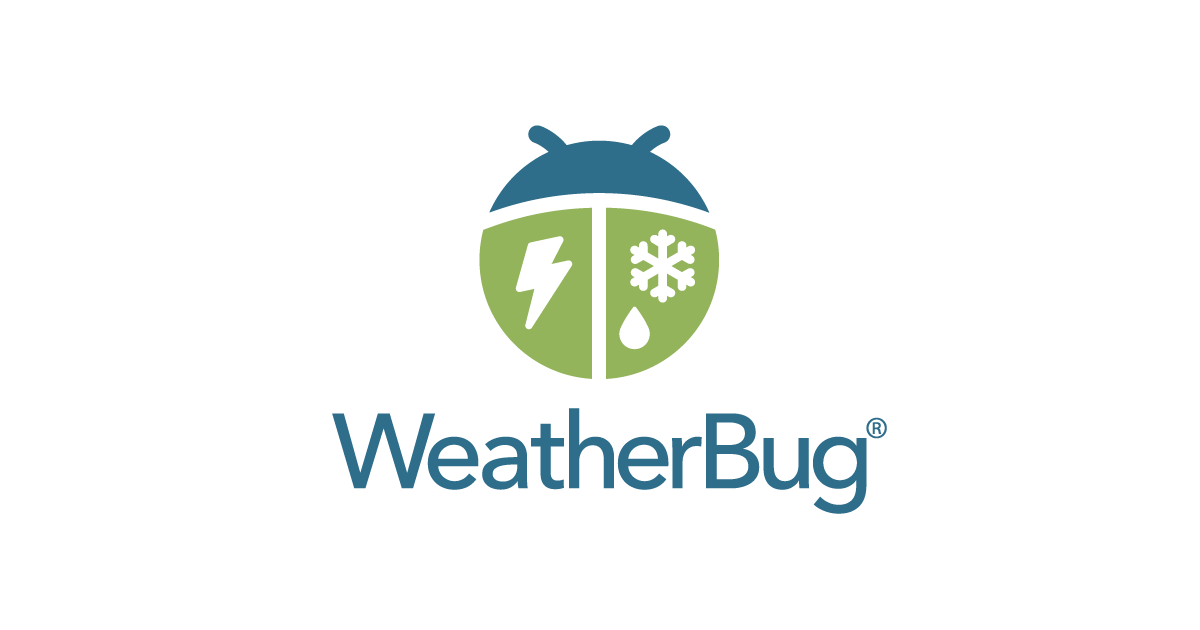1. Pollen count and allergy info for Manchester, NH | weather.com
Allergy Tracker gives pollen forecast, mold count, information and forecasts using weather conditions historical data and research from weather.com.
Allergy Tracker gives pollen forecast, mold count, information and forecasts using weather conditions historical data and research from weather.com

2. 5 Day Pollen Allergy Forecast for Concord, NH (03301)
Over 67 million Americans suffer from allergies every day. Pollen.com is your resource for an up-to-date local pollen count for every state across our nation.
Get 5 Day Allergy Forecast for Concord, NH (03301). See important allergy and weather information to help you plan ahead.
3. New Hampshire Allergy Map - Pollen.com
Today's National Allergy Map. Search, browse and select cities on our interactive allergy map to see allergy levels and pollen count forecasts.
5-Day Allergy Forecast for cities in New Hampshire provided by Pollen.com
4. Pollen count and allergy info for Manchester, NH, United States
Manchester, NH, United States Weather. 17. Today ... Pollen Breakdown covers specific pollens like ragweed, while Today's Pollen Count tracks ALL pollen.
Allergy Tracker gives pollen forecast, mould count, information and forecasts using weather conditions historical data and research from weather.com

5. Pollen count and allergy info for Manchester - IQAir
30 jun 2024 · Get real-time and forecast pollen count and allergy risks data. Read today's pollen levels in Manchester, New Hampshire with IQAir.
Manchester pollen count and allergy risks are now 0. Get real-time and forecast pollen count and allergy risks data. Read today’s pollen levels in Manchester, New Hampshire with IQAir.

6. Manchester, NH Air Quality & Pollen - Weather Underground
Pollen and Air Quality forecast for Manchester, NH with air quality index, pollutants, pollen count and pollution map from Weather Underground.
7. Nashua, NH Air Quality & Pollen - Weather Underground
Pollen and Air Quality forecast for Nashua, NH with air quality index, pollutants, pollen count and pollution map from Weather Underground.
8. Pollen Count & Local Allergy Forecast For Nashua, NH - WeatherBug
Get the current pollen count & local allergy forecast for Nashua, NH. Get the latest updates on pollen levels & other related allergy news. Visit today!

9. Pollen count and allergy info for Nashua - IQAir
29 jun 2024 · ... risks are now 4. Get real-time and forecast pollen count and allergy risks data. Read today's pollen levels in Nashua, New Hampshire with IQAir.
Nashua pollen count and allergy risks are now 1. Get real-time and forecast pollen count and allergy risks data. Read today’s pollen levels in Nashua, New Hampshire with IQAir.
